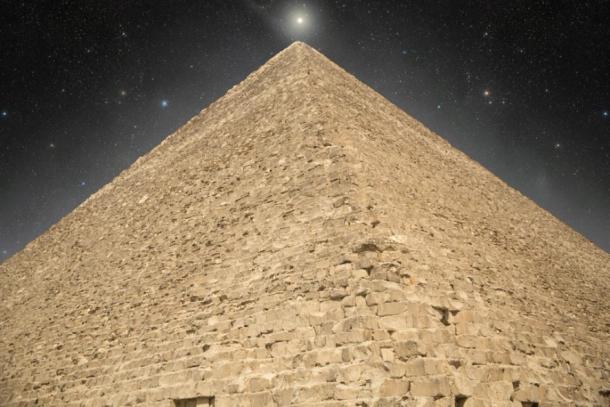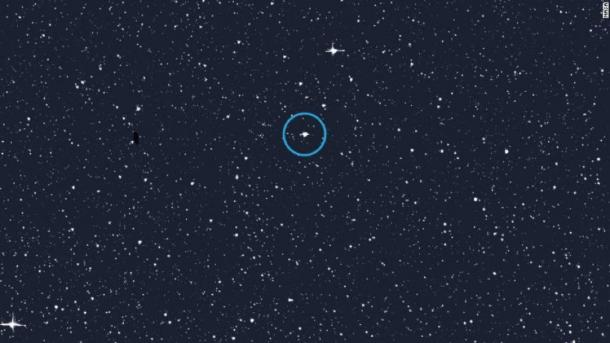The Egyptian pyramids may align with an ancient North Star. NASA scientists found that star undergoes never-before-seen eclipses.

According to NASA scientists, the star used by ancient Egyptians as their North Star has just been discovered to be a part of a pair of binary stars that periodically eclipse each other.
The astronomical observations of the team were published in the American Astronomical Society (AAS) Research Notes on 31 Oct 2019. Using NASA’s Transiting Exoplanet Survey Satellite (TESS), astronomers find that from the perspective of the Earth, Thuban and its fainter companion star, pass each other (eclipse) every 51.4 days at an average distance of around 38 million miles apart.
Also known as Alpha Draconis, the star is situated in the constellation of Draco, the dragon, 270 light-years from Earth, and Thuban is estimated to be five times brighter and almost twice the size of its stellar companion, and while it is not a particularly bright star, it has held a special place in the hearts of ancient stargazers.
The 26,000-year-long cycle of precession, induced by the gravitational pull of the Sun and the Moon on Earth, determines which star is seen at any given time in the north celestial pole. Several historical sources claim that Thuban lay almost exactly at the north celestial pole in the year 2787 BC and this can be confirmed by modern astronomical models. Therefore, as part of the constellation ‘ Draco, ‘ the Dragon, Thuban lay at the fixed celestial north pole when the Egyptians built the pyramids.

In the 1960s, the so-called ‘ air shafts ‘ in the Great Pyramid of Giza, once thought to be used for ventilation as the pyramids were being built, were found to be aligned with the Thuban star at the northern celestial pole around which the heavens appeared to be turning. And now, scientists find that as the dragon star flies around the universe at a certain stage in its cycle, seen from Earth, it is eclipsed.

In a NASA statement, scientist Dr Angela Kochoska, a postdoctoral researcher at Villanova University in Pennsylvania, says the first question that comes to mind is “how did we miss this?” And proposing an answer she said that the eclipses only last six hours so they are easily missed, and furthermore, the star is so bright the detectors on NASA’s Kepler observatory would have been saturated, ‘masking the eclipses.’
Using TESS, the stellar pair’s brightness was tracked for 27 days at a time revealing that Thuban and its companion are among the brightest ‘eclipsing binaries’, which are pairs of stars that pass in front of one another, but neither star completely concealing the other, the astronomers said in a statement.
And it is by observing these eclipses that astronomers hope to get a more accurate measurement of the mass and size of each star.
Discovering eclipses in a well-known, bright, historically important star highlights how TESS impacts the broader astronomical community, said Padi Boyd, the TESS project scientist at NASA’s Goddard Space Flight Center in Greenbelt, Maryland.
In this case, the high precision TESS data can be used to help constrain fundamental stellar parameters at a level we’ve never before achieved, said the NASA scientist, whose forefathers in the ancient world regarded eclipses as powerful omens that foretold death and destruction.
The modern pole star, Polaris, formerly Phoenice, will get as close as it will get to the celestial north pole on March 24, 2100, but Thuban’s precision, as seen from Earth, will only be beaten by the star Alderamin, which will take its turn at the apparently fixed north pole around 7500 AD